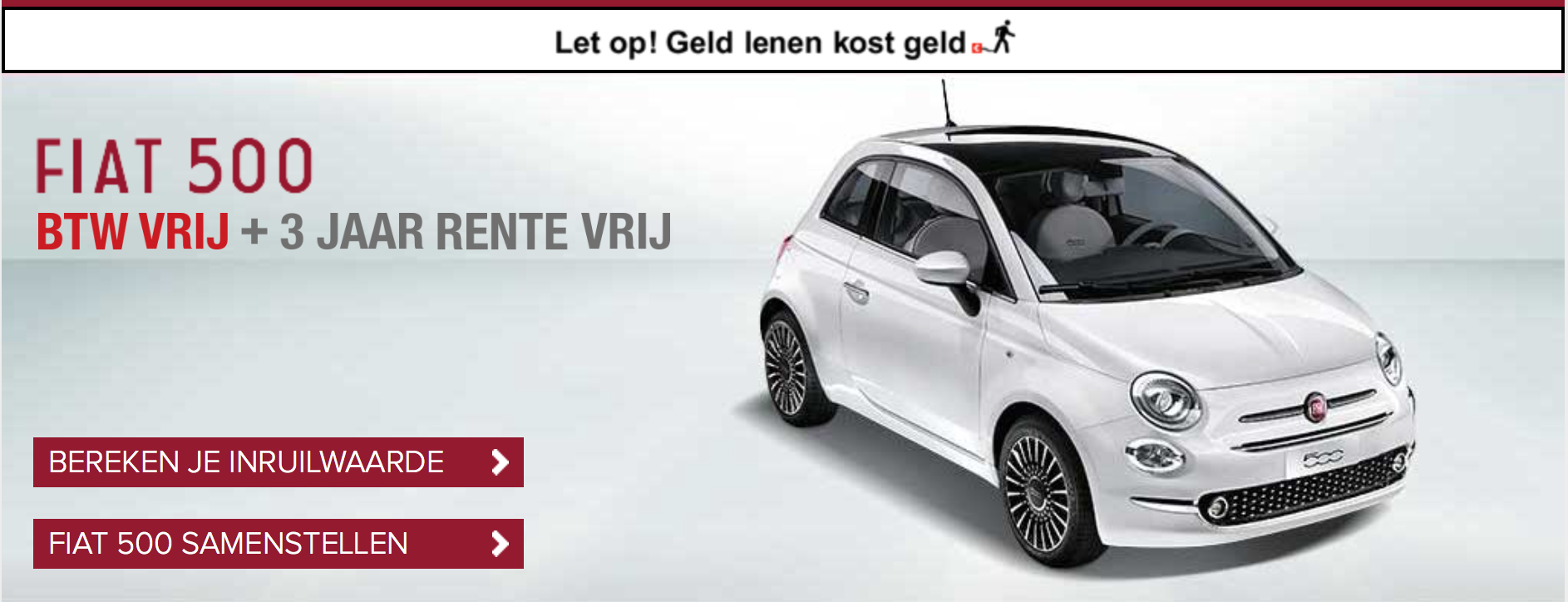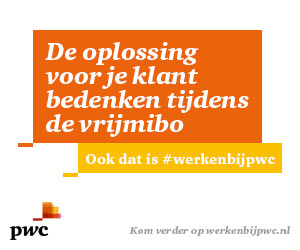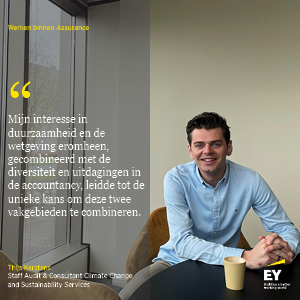Fion Veseli works as a Junior Data Analyst at Vermetten and has made an impressive mark on the Advisory team in a short time. Read below how he likes
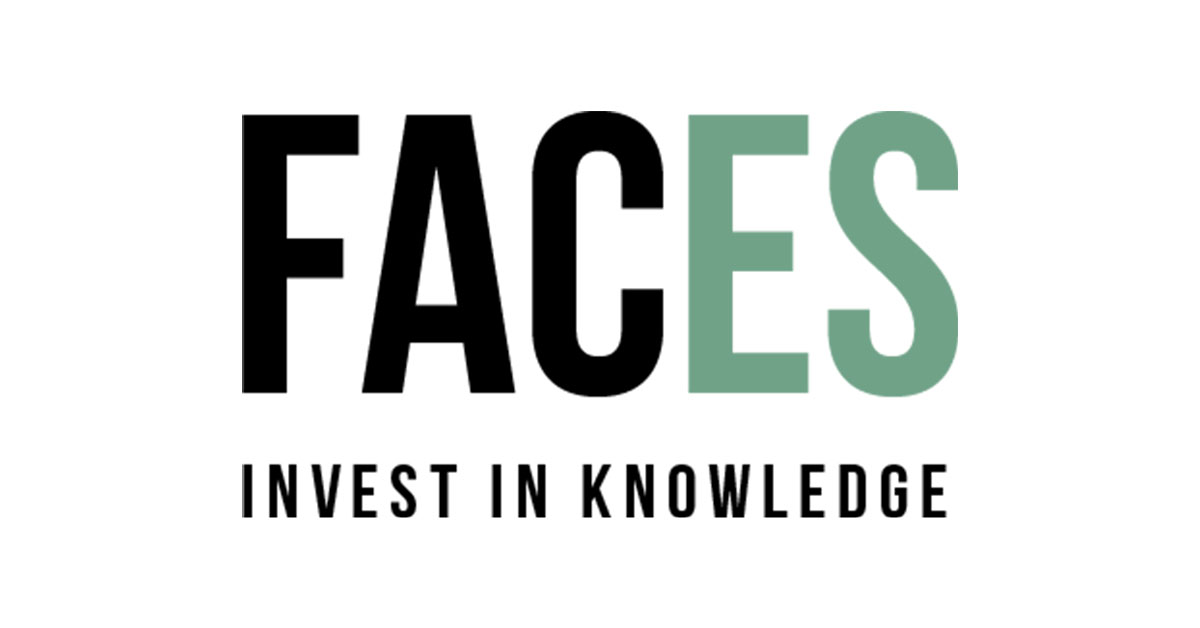
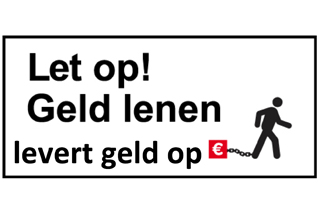
Today, everyone is familiar with the warning ‘Attention! Borrowing money, costs money’. This warning is intended to make consumers more aware of the costs and risks associated with borrowing money. As of 2009 advertisements of loans on television, radio and on internet are obliged to show this warning. However, in some cases borrowing money does not involve any costs at all; it is actually profitable.
To show that borrowing money gives a return, I consider an advertisement of Fiat. Other car brands often offer similar products and could therefore serve the same purpose. Last February, Fiat was selling cars with a non-revolving credit of three years that had none interest obligations (Figure 1). When observing the terms and conditions of the advertisement (Figure 2), it becomes clear that despite an initial payment at purchase, the lion share of the credit features a 0.0% interest rate. This implies that no costs will be incurred at all when taking up this loan.
In addition to the fact that this credit does not bear any interest, it will actually give a positive return. Inflation plays the leading role. Suppose I have taken out a loan of € 1,000 in 2013 which I have to pay back in three years (today) and which is non-interest bearing, it follows that the initial € 1,000 has declined in real terms – i.e. in purchasing power.
Inflation causes prices of products to rise and purchasing power to fall. Core inflation – inflation excluding any volatile changes in energy prices and food prices – has remained stable over the past six months in the Netherlands at 1.2%. When paying € 1,000 in 2013 for 1,000 pencils of € 1 each, I would have to pay € 1,036 in 2016*. So by borrowing money I will have to pay back a lower amount in real terms (965 pencils instead of 1000**). The person who lends this money to me would face a decline in purchasing power. Entering into the loan as in the example of Fiat (Figure 2) in combination with an inflation of 1.2% makes € 279 in total***. As you will not invest your money to get some profits, you will not face any risks at all.
The party is not over yet, as this is not the only profit you can earn by borrowing money. If you are not instantly in need of the amount you borrowed, you could put the money in a savings account or invest in shares and bonds. This way your profit could continue to rise beyond € 279.
This leads to the conclusion that warning ‘Attention! Borrowing money costs money’ is misleading. While the Authority for the Financial Markets (AFM) actually wants to clarify and ensure that consumers are aware of the cost of borrowing, in some cases this notification is simply wrong. Thanks to an interest rate of 0.0% and inflation, you can make a profit on entering into a loan. So be careful, as sometimes borrowing money makes money.
* 1.000 pencils * €1 * 1,012 * 1,012 * 1,012 = €1.036
** 1.000 pencils / 1,012 / 1,012 / 1,012 = 965 pencils
*** €7.661 * 1,012 * 1,012 * 1,012 – €7.661 = €469






